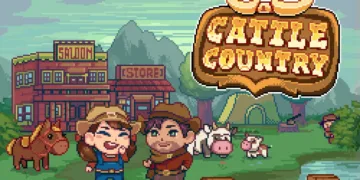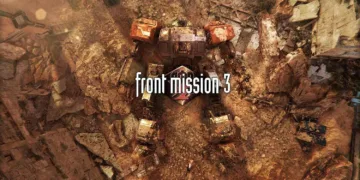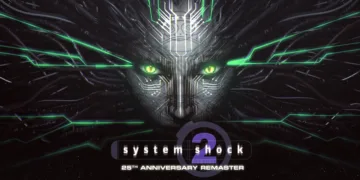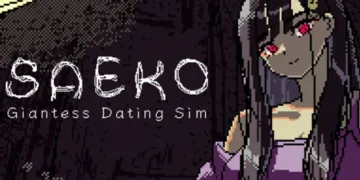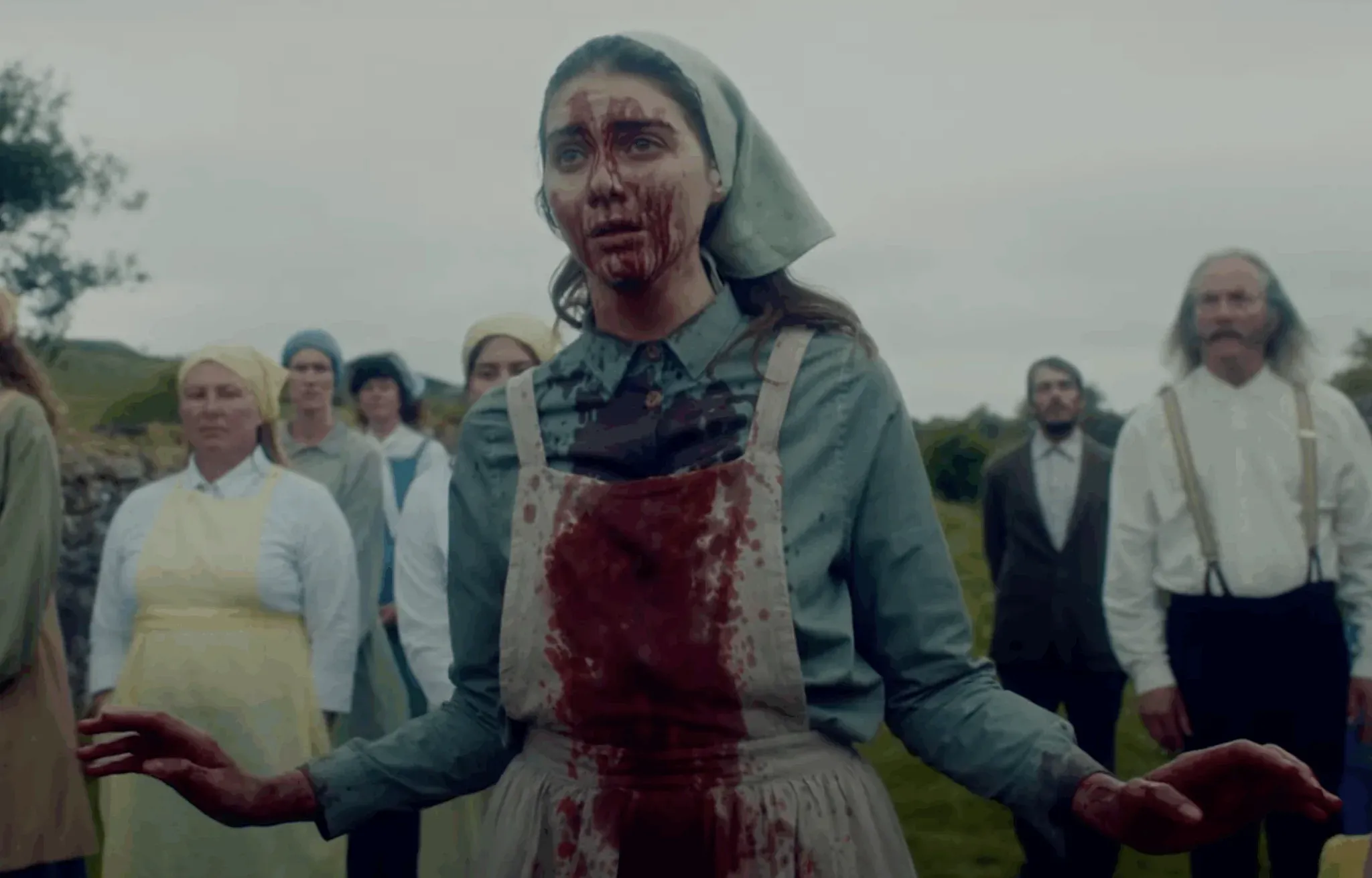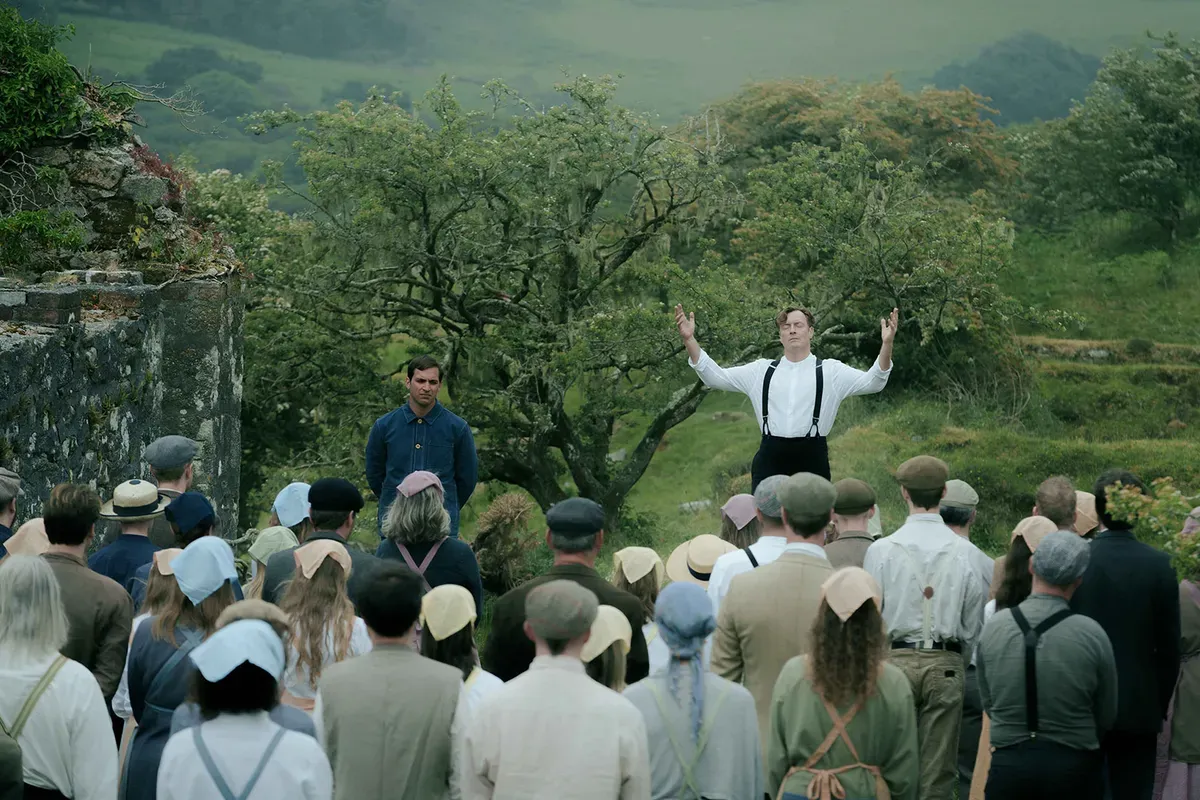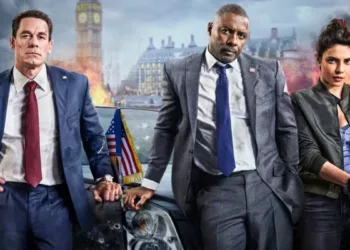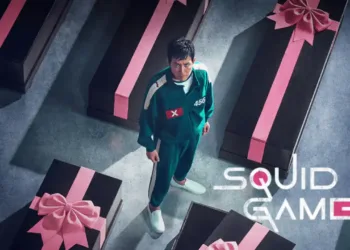In the suffocating quiet of a remote religious commune, a young woman named Magpie performs an act of final rebellion. With her abusive husband dead from a poisoned cup, she sets in motion a chain of events that threatens to shatter her community’s fragile piety.
This singular act of defiance places her in direct opposition to her father, the settlement’s domineering Pastor, and appears to awaken a primeval entity in the surrounding woods. A horned, white-eyed beast begins to stalk the periphery of their world, its arrival concurrent with Magpie’s newfound and dangerous agency.
The Severed Sun quickly establishes itself as a grim fable of paranoia, where one woman’s righteous fury summons a power that may be far more terrifying than the oppression she seeks to escape. The film charts the collision of rigid, man-made faith with an older, wilder force, asking what happens when the witch they hunt is not only real, but justified.
This premise, while rooted in a specific Anglo-Christian folklore tradition, taps into a universal narrative of female rage against patriarchal control, making its isolated conflict feel disquietingly familiar to a global audience.
An English Elsewhere
The world of The Severed Sun is deliberately unmoored from time, a technique that elevates its specific anxieties to a universal level. Its inhabitants wear the simple, austere dress of a bygone century and live without modern technology, suggesting a story rooted in 19th-century Puritanism.
Yet, a lonely paved highway cuts through a vista, and power lines slice across another; these are brief, jarring glimpses that shatter any historical certainty. This intentional ambiguity rips the community out of a specific past and places it in a self-made bubble, a pocket dimension that could be a rejection of modernity or a grim, devolved future post-catastrophe.
This placelessness allows its specific English folk-horror tropes to speak to fundamentalist impulses anywhere in the world. The stark Cornish moors are more than a backdrop; the landscape is an active participant. Drawing on a long tradition in British literature, the land itself—vast, ancient, and indifferent—contributes a sense of ageless menace and profound isolation that amplifies the community’s psychological fragility.
Upon this stage, a direct and brutal narrative of witch-hunt hysteria unfolds. The story escalates with grim inevitability from a private act of retribution into a public crisis, charting the swift and terrifying breakdown of a social order built on secrets and control.
Faces of a Fractured Faith
At the center of the film’s vortex of faith and fear is Magpie, a complex antihero whose violent rebellion is born from the desperate need to protect her children. Emma Appleton portrays her with a fierce, defiant energy that makes her a figure of both sympathy and dread; her methods are brutal, blurring any simple line between right and wrong and challenging the audience’s own moral compass.
She embodies a global archetype: the woman who, denied institutional justice, claims a dark power for herself. Opposing her is her father, the Pastor, a man who embodies the rigid, patriarchal order. Toby Stephens gives him a commanding presence, creating a tyrant whose actions are twistedly framed as protective and righteous.
He is not a simple villain but a nuanced antagonist whose power is absolute within his insulated world, reflecting a type of authoritarian control recognizable across many cultures. The supernatural element, the Beast, is presented as a tangible physical threat. James Swanton’s performance gives life to a shadowy, horned figure whose existence is undeniable, a terrifying manifestation of something primal.
It represents an animistic power that pre-dates the community’s imported monotheism. Other characters, from the instigating zealot Andrea to the conflicted stepson David, function as essential societal archetypes, representing the varied reactions of a community under pressure: the eager accusers, the silent beneficiaries of rebellion, and those caught helplessly in the schism.
Anachronic Dread
The film’s aesthetic choices are crucial to its cross-cultural resonance, particularly the tension between its visuals and sound. The cinematography is one of its greatest strengths; Ian Forbes uses natural light and meticulous composition to make the picturesque landscape feel deeply foreboding.
An oppressive atmosphere is effectively cultivated even in the bright light of day, a technique that has become a signature of modern folk horror that plays on the idea that evil does not only lurk in darkness. This carefully constructed rustic world is then intentionally disrupted by the film’s score.
The soundscape is synthetic and electronic, an anachronistic choice that stands in stark contrast to the historical aesthetic. This jarring audio element enhances the alien quality of the supernatural beast, contributing to the audience’s sense of disorientation and signaling that the threat is not of this world. It is a bold stylistic decision that weaponizes sound against image, a technique seen in international cinema to break narrative immersion and create a more visceral, cerebral form of unease.
The Roots of Wrath
The film’s thematic core is a potent and globally relevant critique of dogmatic religion and the destructive hypocrisy festering within a closed, patriarchal society. It refuses to offer easy moral clarity, a complexity that gives it intellectual weight.
Magpie is no pure heroine; her necessary fight for freedom requires her to embrace a dark, violent power that makes her monstrous in the eyes of her people. The film forces a difficult question about whether one can fight systemic oppression without adopting the brutal tools of the oppressor, a dilemma that echoes in political narratives worldwide.
The Beast itself is open to interpretation, a rich symbolic vessel. Is it a literal demon summoned by rage, a pagan force of nature retaliating against the church’s dominion, or a physical manifestation of the sin the Pastor preaches against? Its arrival definitively signals the end of the community’s illusion of control and the failure of its imported faith to protect them from something older than their scriptures.
The film’s ideas about power and rebellion linger long after the credits. It poses a timeless, culturally resonant question about the price of liberation, asking what new horrors are unleashed when the oppressed discover a weapon more powerful and terrifying than their oppressor.
The Severed Sun premiered at Fantastic Fest on September 22, 2024, and opened in select U.S. theaters on May 16, 2025, with a simultaneous on‑demand and digital release—a Day‑&‑Date rollout.
Full Credits
Director: Dean Puckett
Writers: Dean Puckett
Producers and Executive Producers: Rebecca Wolff, Jude Goldrei
Cast: Emma Appleton, Toby Stephens, Lewis Gribben, Jodhi May, Barney Harris, Oliver Maltman, James Swanton, Eoin Slattery
Director of Photography (Cinematographer): Ian Forbes
Editors: Paco Sweetman
Composer: Brain Rays, James Forde Stewart, Thomas Michael Williams
The Review
The Severed Sun
The Severed Sun is an atmospherically potent and visually stunning piece of folk horror. While its narrative follows a direct path of rebellion and retribution, it uses this straightforward framework to ask complex and universal questions about faith, hypocrisy, and the monstrous means sometimes required to fight oppression. Driven by powerful performances and a bold, unsettling score, the film is a confident and intellectually stimulating work whose bleak, ambiguous world lingers long after the screen goes dark. It successfully translates a specific cultural dread into a timeless and resonant fable.
PROS
- Stunning, atmospheric cinematography that makes the landscape a character.
- Powerful central performances from Emma Appleton and Toby Stephens.
- A rich exploration of universal themes like patriarchal oppression and religious hypocrisy.
- Bold and effective use of an anachronistic, electronic score to create unease.
CONS
- The central narrative, while direct, can feel underdeveloped.
- Supporting characters occasionally lean more towards archetypes than fully realized individuals.































